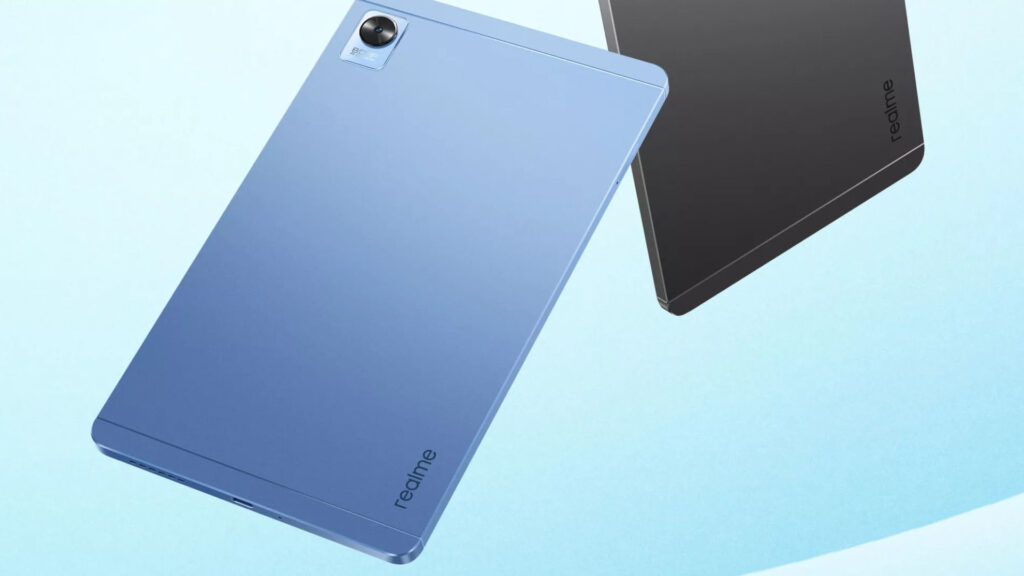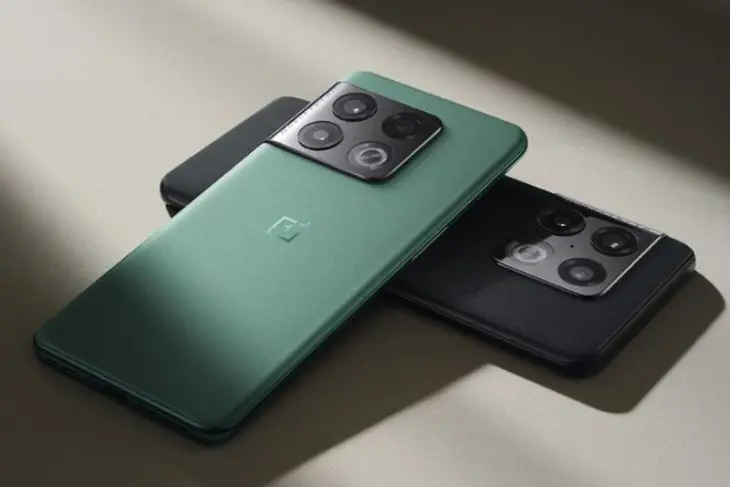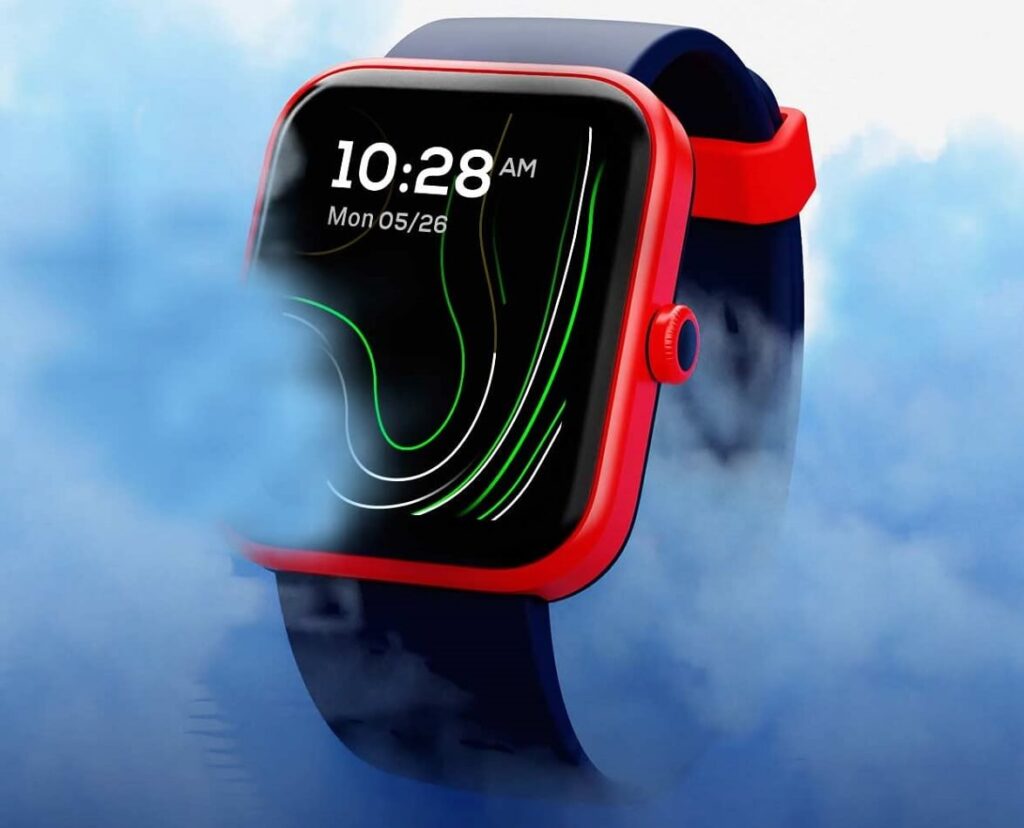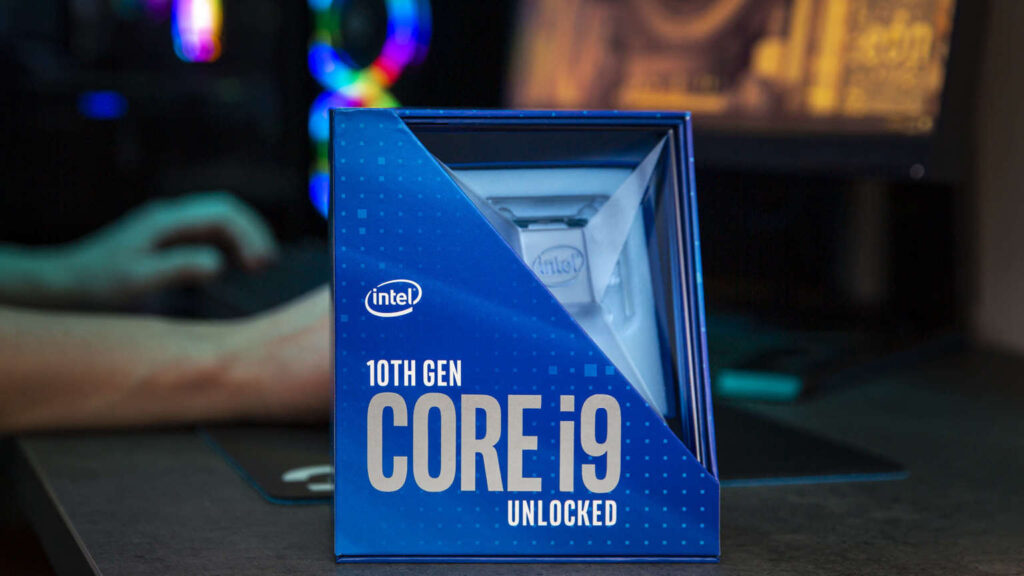Realme Pad Mini With 8.7-Inch Hd+ Display, 6400mah Battery Now Available.
In the Philippines, Realme has released a new tablet. The Realme Pad mini has been announced as a low-cost tablet for the masses. Realme Pad, released in India and other markets last year, has been followed by the new Android tablet. The Realme tablet’s new mini version is expected to arrive in India soon.
The tablet’s debut in India has yet to be confirmed by Realme. We can expect the Pad mini to launch in India very soon, given how the company is expanding its product offerings across different price points. Let’s look at the Realme Pad Mini’s price, specs, and other information.
Specifications and Features
Realme’s new Android tablet has an 8.7-inch LCD panel with thick bezels all around it. The display has a 1340×800 pixel HD resolution. Despite the thick bezels, the tablet has an 84.59 percent screen-to-body ratio.
The tablet is equipped with a 6400 mAh battery. Out of the box, it supports 18W fast charging. Because it’s a budget tablet, it’s made of plastic, resulting in a total weight of 372 grammes. Moreover, it’s quite thin with a thickness of 7.6mm.
Internal storage for the top storage option is 64GB. A microSD card can be used to expand the memory up to 1TB for those who need it. A Unisoc T616 SoC provides power to the tablet. Its maximum clock speed is 2.0GHz.
The 8MP camera on the back panel can be used to scan documents. There isn’t a light-emitting diode (LED) flash module. The tablet has a 5MP front camera for video calls. Realme’s new tablet comes pre-installed with Android 11 out of the box. On top of Android, it has a layer of Realme UI 2.0. The tablet also has dual speakers and Bluetooth 5.0 support.

Price and Availability
Realme has released two storage options for its new tablet. A 3GB RAM model with 64GB storage is available, as well as a 4GB RAM model with 64GB storage. The models cost P9,900 and P11,900, or approximately Rs 14,700 and Rs 17,600, respectively.
Starting April 5, the Realme Pad Mini will be available in the Philippines. Realme has also put up offers for early buyers on the Realme Pad Mini, so we can expect the same for Indian buyers. Realme’s new tablet is available in two colours: silver and blue. It is expected to be released in India soon.
About The Company
Realme is a Chinese company with a growing presence in the rest of the world, particularly in India and Europe, where its low-cost smartphones are causing a stir in the budget and mid-range markets. However, the company isn’t afraid of high-end handsets, and the GT line, which debuted in 2021, includes a few of them. Realme, in fact, has been one of the fastest-growing phone companies in recent years, so they’re definitely worth keeping an eye on.
Realme began as a sub-brand of another smartphone manufacturer, Oppo, in 2010, but became independent in 2018. Since then, the company has produced an impressive number of phones and has expanded its sales beyond India and China to include many other countries.




